
Iwate, Japan, Offers Fewer tourists and Authentic Experiences
By Beth Reiber
Iwate Prefecture is off the beaten path of most international visitors to Japan, despite the fact that in the past seven years, it has become home to two new World Heritage Sites, the country’s newest national park, its longest hiking trail, and a new rugby stadium that will host a couple of games in the 2029 Rugby World Cup.

What makes these achievements especially noteworthy is that they seemed unimaginable after Japan’s most powerful earthquake ever recorded struck off the coast of Tohoku on the northeastern end of Japan’s main island in 2011, with Iwate Prefecture one of the hardest hit.
More than 22,000 people lost their lives.
The Great East Japan Earthquake
When the 9-magnitude Great East Japan Earthquake hit on March 11, 2011, I was in the midst of planning a trip to Japan to update Frommer’s Japan. I immediately sent off emails to friends in Tokyo, asking whether they were ok. One American transplant wrote back that it was the worst she had felt in the 20-some years she had lived there.
“I literally saw my cupboards burst open and glass fly out and break all over the place! Then we started drinking, pretty much immediately….March 25 sounds great for your arrival.”
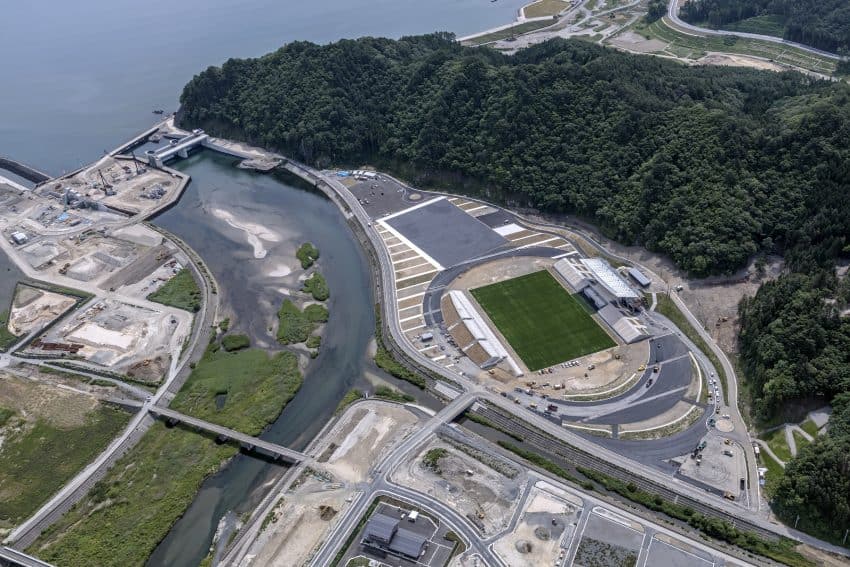
A Japanese friend, who works as a tour guide, reported that she had been with clients in Ginza, and because all public transportation had ceased running, she had had no choice but to walk three hours to get home.
She added, “I agree with you that it is ok to update Tokyo now as we do not have any damage….”
Though clearly rattled by the earthquake and fearful because of powerful aftershocks, they and others confirmed that Tokyo had escaped relatively unscathed and that everything would be back to normal by the time I arrived in a couple of weeks.
But then, everything went to hell.
When I saw my first footage of the tsunami later that day, I was stunned and overwhelmed by the images of 30-foot waves swallowing towns and villages and obliterating everything in their path.
As the author of guidebooks to Japan for more than 25 years, I had traveled through Tohoku many times and had walked along the very coast that was now the scene of unimaginable destruction.
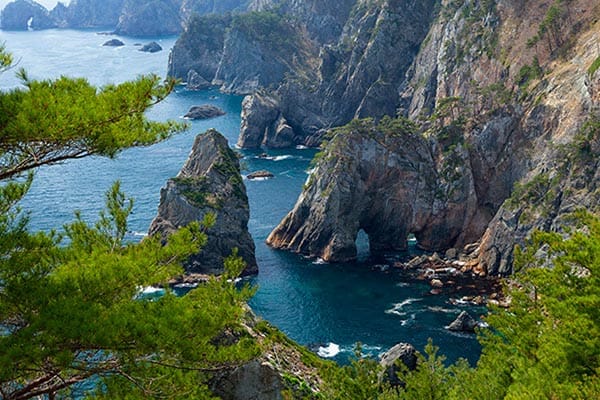
In the coming days, heartbreaking stories of victims and survivors emerged, like one of the anguished firefighters who had rushed off to help when the tsunami warning sirens had sounded, only to later discover that his family had been swept away.
A grandfather returned home to retrieve photographs of his grandchildren, never to be seen again. There were people wandering in a daze, searching piles of rubble that had once been homes of sons, daughters, grandchildren, parents, and neighbors.
As if that weren’t horrific enough, next came the unraveling of the Fukushima nuclear power station, causing nearby evacuations, rolling power outages in Tokyo to conserve energy, the exodus of thousands of expatriates and Tokyoites to the south or out of the country, and feelings of hopelessness and despair.
Like many people around the world, I was in mourning. The catastrophe hit figuratively so close to home, it was almost as though someone in my family had died, as though the tsunami had swept through my backyard.
I finally made it back to Japan in May. In Tohoku, there were still piles of debris and empty ground where homes had once stood, but I felt waves of relief when I visited Hiraizumi.

A newly declared World Heritage Site, it was crowded with Japanese eager to share something positive after so much despair. For Iwate, it was a symbol of recovery, a return to normalcy, and the opportunity to celebrate a portal to its historic past.
Escaping the Tourist Crowds in Iwate
Unsurprisingly, international tourists to Japan plummeted after the 2011 disaster, with only 8.3 million visiting in 2012. Since then, however, a successful campaign launched by the Japanese government to attract foreign visitors has been a resounding success, with a record 30 million visits in 2018, already exceeding the country’s ambitious goal of 40 million foreign tourists by 2020, when Tokyo hosts the Summer Olympics.
Frankly, I’m not sure where they’re going to put them all. During my 2018 visit to Japan, I saw more international visitors than I had ever seen, with almost 75% of them from China, South Korea, and other East Asia areas. Hotel staff in Kyoto told me the city doesn’t have an off-season anymore.

There were so many tourists milling about the tiny mountain village of Shirakawa, I felt like I had unwittingly ended up in a theme park.
Tour buses were lined up in Tokyo’s posh Ginza shopping district, disgorging visiting Asians in search of electronics, name-brand designer wear, and other souvenirs. Osaka Aquarium was so crowded, I couldn’t get close enough to get a good view of its creatures.
Then I went to Iwate. What I discovered is that while Tokyo, Kyoto, and other top destinations in the southern half of Honshu are inundated with tourists, Tohoku is far removed from the hubbub.
Only 1 million foreign overnight guests visited Tohoku in 2017, making it a great place for travelers who want to mingle mostly with Japanese rather than international tourists.
Although some coastal areas are still recovering from the 2011 tsunami, and clean-up around the contaminated Fukushima power plant will continue for years, Tohoku is huge, accounting for a whopping 20% of Japan’s total landmass but only 9% of its population.
Of the six prefectures that make up Tohoku, Iwate Prefecture is the largest, second only to Hokkaido as the largest prefecture in Japan. It’s also easily accessible from Tokyo, with the Tohoku Shinkansen bullet train reaching its prefectural capital of Morioka in just a little more than two hours.
As for radiation contamination, people in Iwate don’t even think about it. Morioka, after all, is about the same distance from Fukushima as is Tokyo.
A New Rugby Stadium in Kamaishi
Kamaishi, a small fishing village of 36,000, has long been famous in Japan for rugby, steel, and seafood. Today it’s also garnering headlines as one of 12 Japanese cities hosting the 2019 Rugby World Cup, the first time the games will be staged in Asia. The selection of Kamaishi is significant in profound ways.
Not only is it the smallest of the host cities and the only one in the Tohoku region, but it’s also the only city that built its stadium from scratch. That’s because, during the Great East Japan Earthquake, an unprecedented wave of water barreled over Kamaishi’s seawall and raced through its streets, carrying houses, boats, vehicles, debris, and bodies along with it.
About 888 villagers lost their lives that day, 152 went missing and were never found, and 90% of its fishing fleet was gone. But just nine months after the tsunami destroyed or damaged 70% of its downtown, some townspeople gathered with the dream of participating in the 2019 Rugby World Cup as a way to heal and aid in the town’s physical and emotional recovery.

Rugby, after all, had long been part of Kamaishi’s communal soul. Its former home team, the Nippon Steel Rugby Club, had captured seven consecutive national championships between 1978 and 1984, despite recruiting only local high-school graduates rather than star university players.
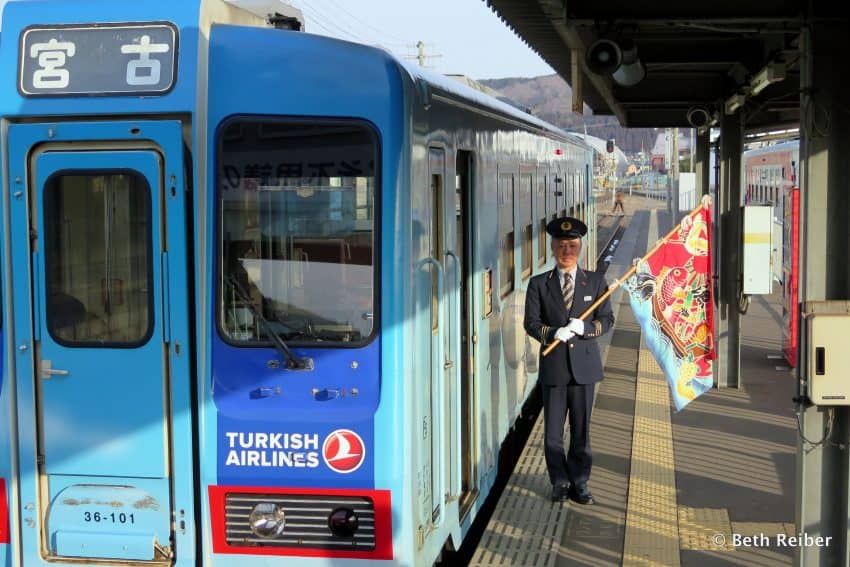
Today the town rallies behind its local Seawaves rugby team, which has a new home in the Kamaishi Recovery Memorial Stadium, with 6,000 permanent seats and 10,000 temporary seats set up for the world cup.
The venue occupies the former site of elementary and junior high schools, which have since been relocated to a higher bluff.
In one of the most heartwarming stories to emerge from the tsunami, all 3,000 students attending the schools that day survived, holding hands as they followed protocol by escaping to higher ground.
To safeguard against future catastrophes, the city has been building higher seawalls, a new dam, and more escape routes into the hills. The Kamaishi Recovery Memorial Stadium will host two games of the 2019 Rugby World Cup, on September 25 and October 13.
Two New World Heritage Sites
Most of Japan’s history played out on the southwestern end of Honshu, so it’s not surprising that most of its historic sights and World Heritage Sites are located there.
But in 12th-century Japan, Hiraizumi was renowned throughout the land as a Buddhist utopia on earth, resplendent with temples, pagodas, sutras, and gardens, and filled with hundreds of monks who called Hiraizumi home.
Created by three generations of the Oshu Fujiwara clan, the Buddhist Pure Land was considered an earthly paradise where the souls of friends and enemies killed in battle, both human and animal, might find peace and consolation.
Sadly, the Buddhist Pure Land lasted less than a century before being sacked by an opposing warlord, with subsequent fires and centuries of neglect contributing to its gradual decline. Yet Hiraizumi is so integral to Japanese history, its treasures were fittingly declared a World Heritage Site just months after the 2011 earthquake.
Chuson-ji, created by the first Fujiwara warlord Kiyohira, was once a magnificent complex of more than 40 halls, pagodas, and quarters for 300 monks. Today, the dazzling Golden Hall is the only building remaining from the Fujiwara era, completed in 1124 and a magnificent example of Hiraizumi’s former grandeur.
Protected from the elements in a building surrounded by 400-year-old cedars, the Golden Hall is covered almost entirely in gold leaf and richly embellished with lacquer, mother-of-pearl, metalwork, and ivory.

What I find most remarkable is that the mummified bodies of Fujiwara, his son and his grandson, as well as the head of his great-grandson, are interred in the Golden Hall’s base. Their utopian vision may have died, but fate placed their physical presence in the only building to have survived from the Fujiwara era.
Kiyohira’s son and grandson added to the Buddhist utopia with the larger and even grander Motsu-ji, with another 40 temples, stupas and quarters for 500 monks. Here, too, most of the temple’s buildings are gone, but the reigning glory is its Pure Land Garden, which has survived virtually intact for more than 800 years and is thus one of Japan’s most outstanding examples of a garden from the Heian Period (794–1192).

Simple in design to free the mind from distraction, the garden centers on a large pond with a shoreline of boulders, rocky cliffs, beaches, pines and sweeps of lawn, making it markedly different from the meticulously manicured Japanese gardens we see today.
Despite Hiraizumi’s World Heritage status, Hiraizumi looks much the same now as it did in 2011. It’s still a modest little town of some 8,000 residents, with few of the tacky souvenir shops that plague other popular destinations.
In fact, most of its 2 million mostly domestic visitors don’t spend the night, but you’ll be able to feel the town’s spiritual aura much more if you do, especially if you sign up for a 60-minute zazen meditation session at the main hall of either Motsu-ji or Chuson-ji.
Sticking around will also allow you to visit Bishamondo Hall, cleverly built into a cliffside cave, and to learn about Hiraizumi’s history and culture at the Hiraizumi Cultural Heritage Center.
Iwate’s other World Heritage destination is the Hashino Iron Mining and Smelting Site. Located in Kamaishi, it’s one of 23 sites and objects registered in 2015 and comprising the Sites of Japan’s Meiji Industrial Revolution: Iron and Steel, Shipbuilding and Coal Mining.

Together they tell the story of Japan’s astonishing rise from an 1850s feudal agrarian society to an industrialized nation by the early 20th century, aided by Western technology and expertise.
Most of the listed sites are concentrated in Kyushu and southern Honshu, with the Iwate location its most northern property.
The Hashino site contains Japan’s oldest extant western-style blast and was in operation until 1894, earning Kamaishi its distinction as the birthplace of modern Japanese iron and steelwork.
Japan’s Newest National Park
Sanriku Fukku National Park is Japan’s newest national park, established in 2013 to promote the recovery of the three prefectures most affected by the 2011 tsunami. It stretches 137 miles along the Tohoku coast, from Aomori Prefecture north of Iwate to Miyaki Prefecture to the south, with most of the park located along Iwate Prefecture’s entire shoreline.
Dramatic rock formations, cliffs, caves, beaches, reefs, lighthouses, viewing platforms, a hiking trail, fishing villages, and a rich assortment of seasonal seafood are just some of the park’s highlights.
For the best views, head to the viewing platform overlooking the rugged, 650-foot-high Kitayamazaki Cliffs that extend almost five miles in northeastern Iwate and are home to cormorants, peregrine falcons, and osprey.

For swimming, Jodogahama Beach near the town of Miyako is considered the park’s best and most scenic. With its with crystal clear waters and protected pebble beach embraced by rocky islets topped with pine trees, it’s known as the “Pure Land Beach,” a reference to the Buddhist concept of an earthly paradise.
Railway is Back
One of the easiest ways to see Iwate’s coast is on the Sanriku Railway. Because its tracks were severely damaged by the 2011 tsunami, the restoration of the train was celebrated as a return to normalcy. Two sections of the track are up and running, with the final, middle section slated for a 2019 completion.
Chugging along the coast and through mountain tunnels, the Sanriku Railway uses narrow gauge tracks and a nostalgia-evoking 1980s train outfitted with a new engine. This is not just an excursion train, however; it also serves as a lifeline for the local population, making stops at tiny towns along the way.
There are, however, special seasonal trains, including those outfitted with tatami and serving bento boxed meals.
Longest and Newest Hiking Trail
People with time and energy to really explore Sanriku Fukko National Park might consider seeing it on foot. The Michinoku Coastal Trail, stretching 435 miles along the Tohoku coast, is Japan’s longest and newest hiking trail.
As the national park, it’s considered a player in Tohoku’s recovery, uniting the people who live here with visitors from around the world.
Named after what was once considered the most remote area of Tohoku due to heavy winter snow and its isolated location, the trail ranges from easy to challenging and takes in waterfalls, shrines, villages, woodlands, rugged coastlines like the dramatic Kitayamazaki Cliffs, and swimming beaches like Jodogahama Beach. Most of the trail is completed, with the remaining sections slated to open by March 2019.

Iwate’s Other Natural Wonders
In addition to its newest offerings, Iwate Prefecture offers a wealth of other natural attractions. Geibi Gorge, near Hiraizumi, offers year-round relaxing 90-minute float trips on a languid river hemmed in by 328-foot-high cliffs, ravines, waterfalls, and rock formations aboard traditional flat-bottom wooden boats propelled by a boatman with a long pole.
Ryusendo Cave, considered one of the three great limestone caves of Japan, offers a half-mile pathway lit by multi-colored lights that reveal stalactites, stalagmites, large chambers and underground lakes that rank as some of the clearest in the world. Winter is prime time for skiers and snowboarding enthusiasts, who flock to more than 15 resorts offering deep, dry-powdered snow from December to May.
But no matter what time of the year, a dip in Iwate’s abundant hot-spring spas (onsen) is de rigueur, whether it’s in a rustic open-air bath (Rotenburo) under falling snow or in a luxurious resort with all the latest amenities.
- The Land of Lorca in Granada, Spain - August 24, 2023
- Colombia’s Fantastic and Wild Amazon - January 14, 2023
- Greenwood Rising: Tulsa’s Black Wall St. Memorial - May 27, 2021

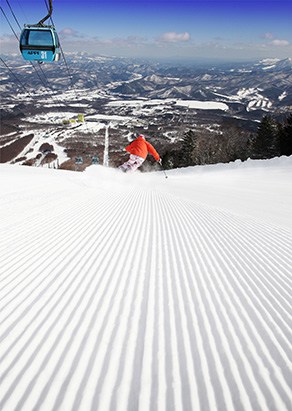
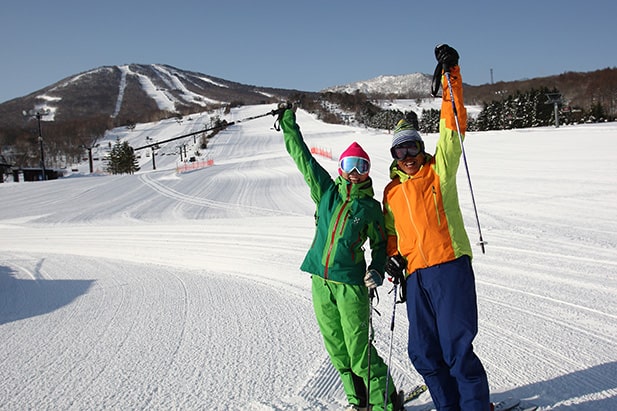

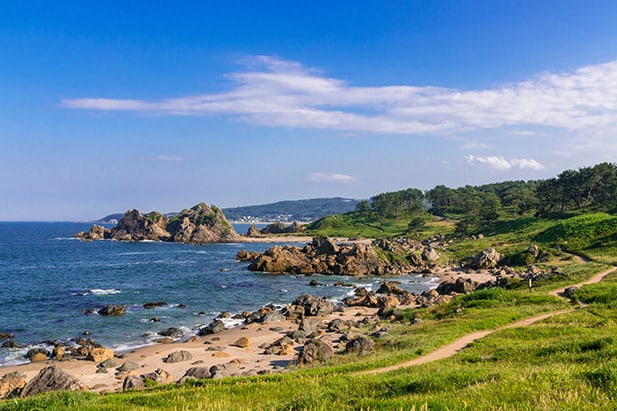

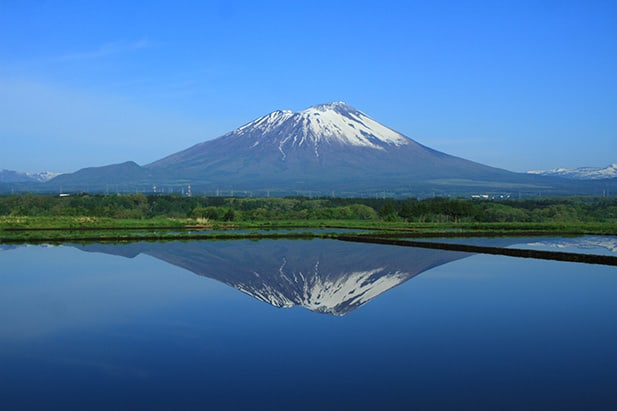


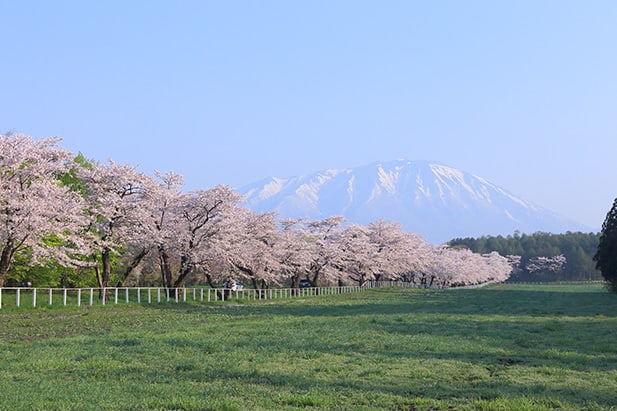
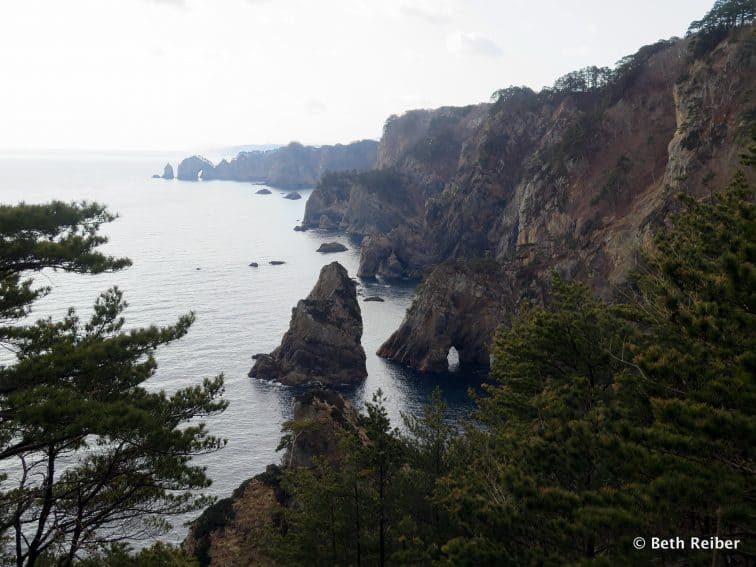

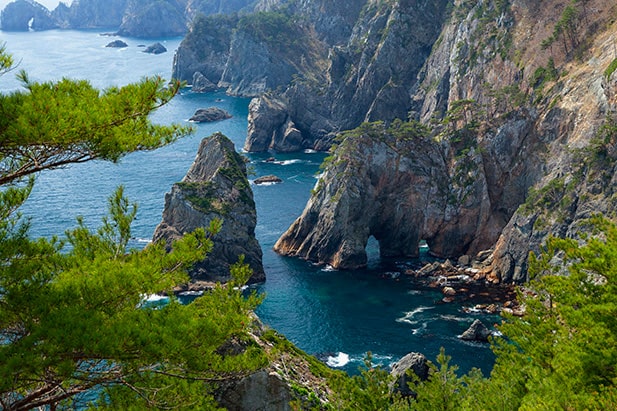
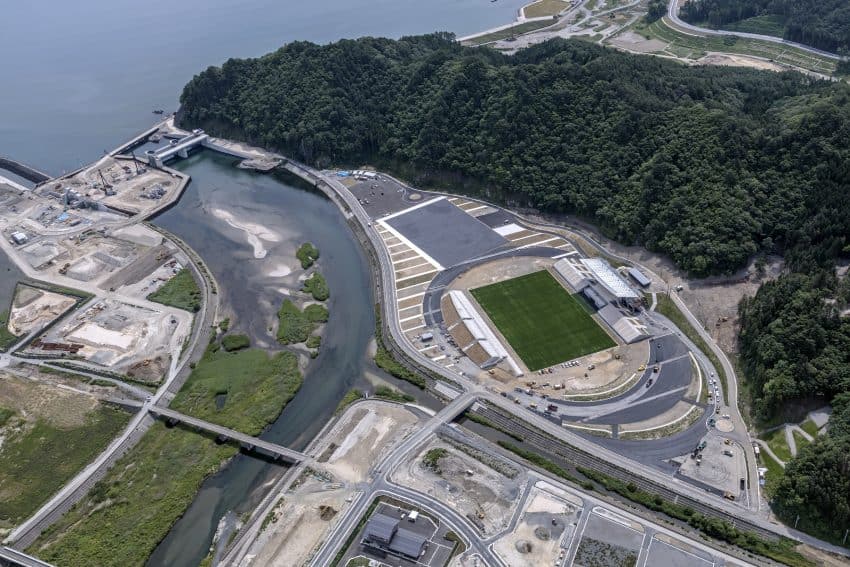
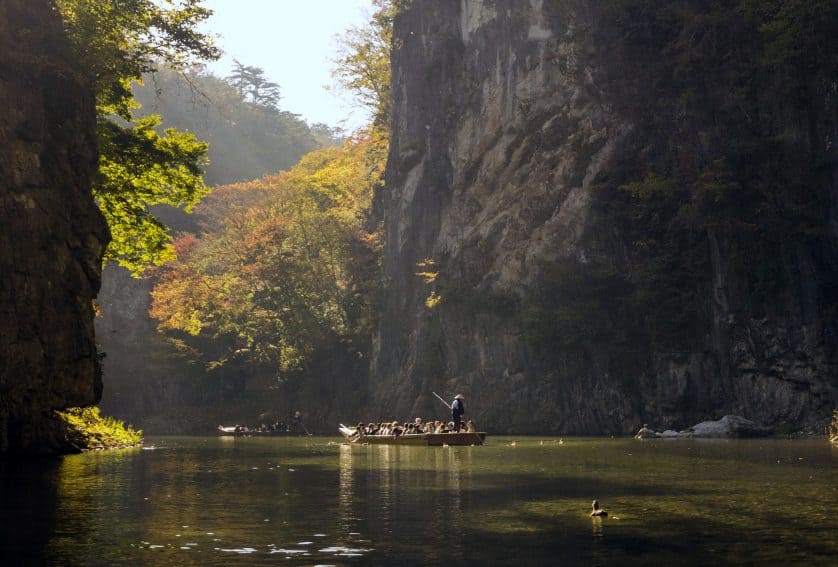
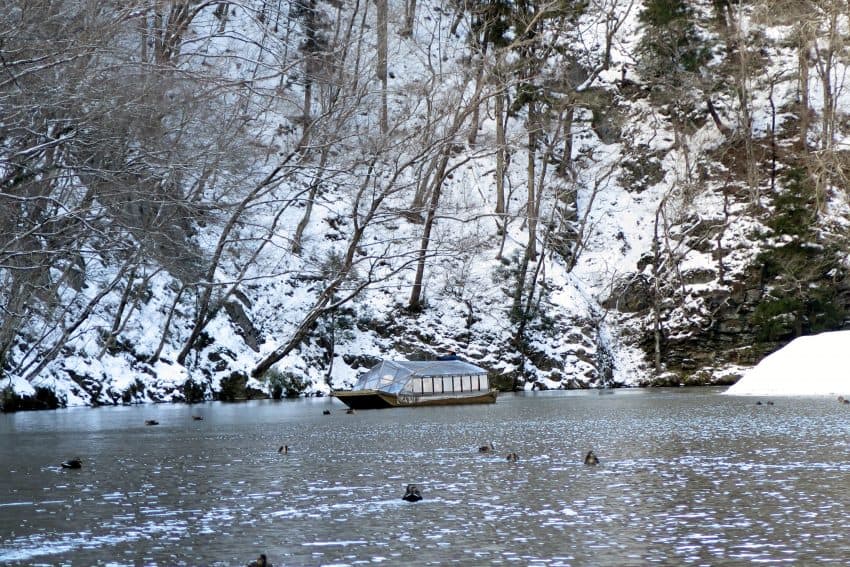
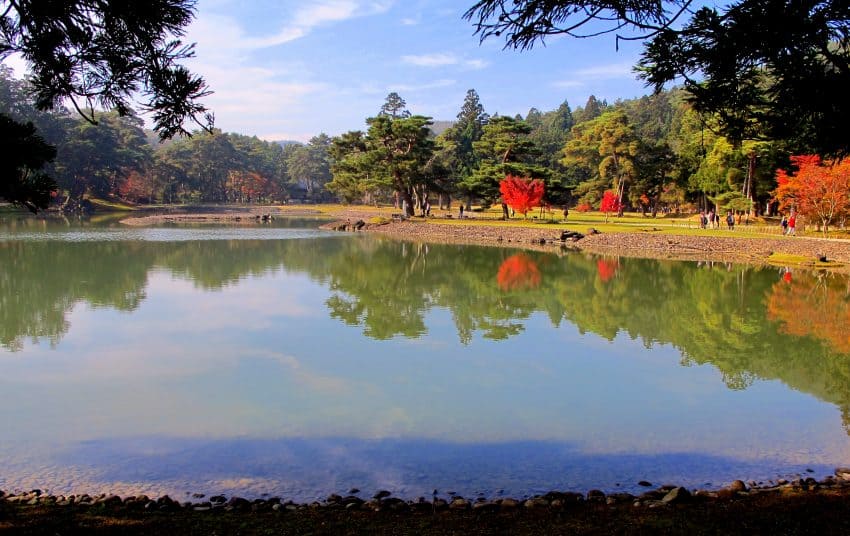
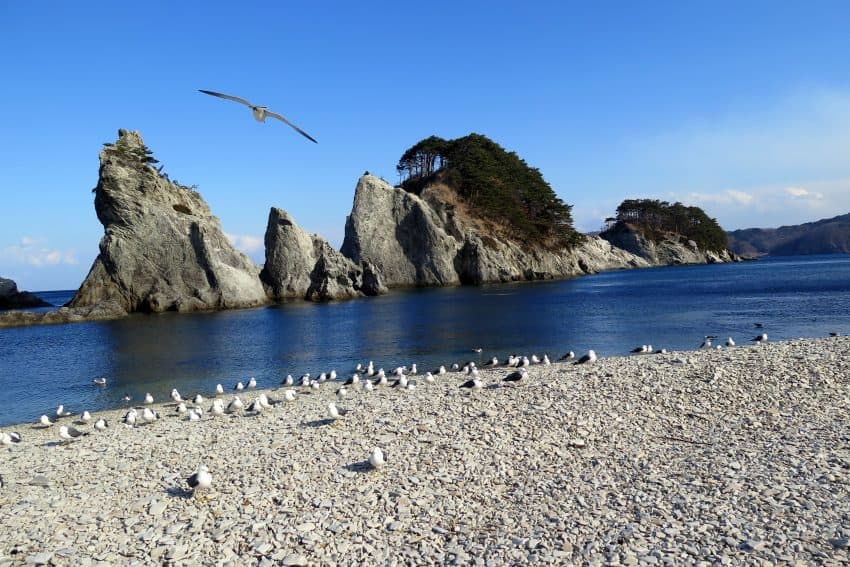
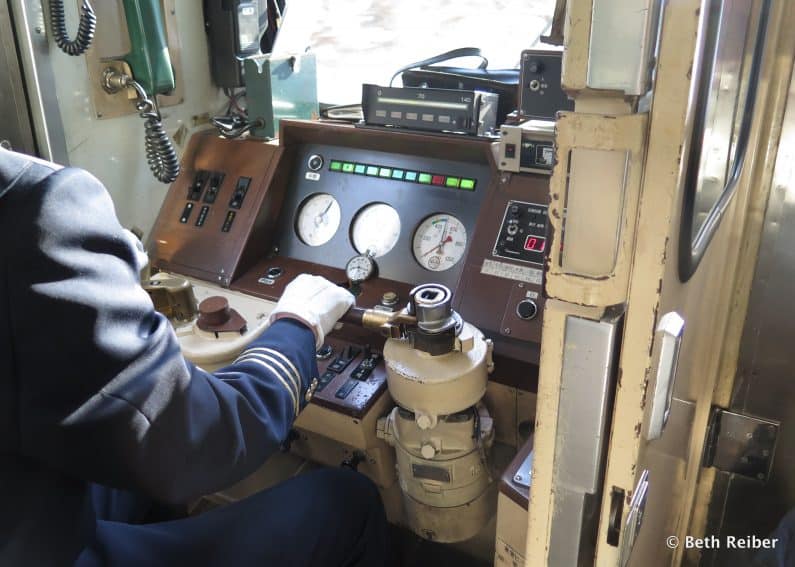
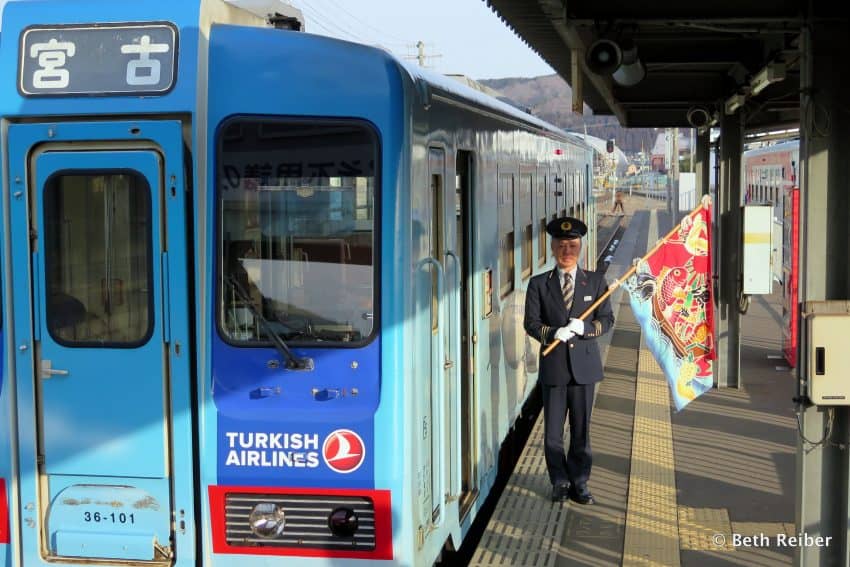
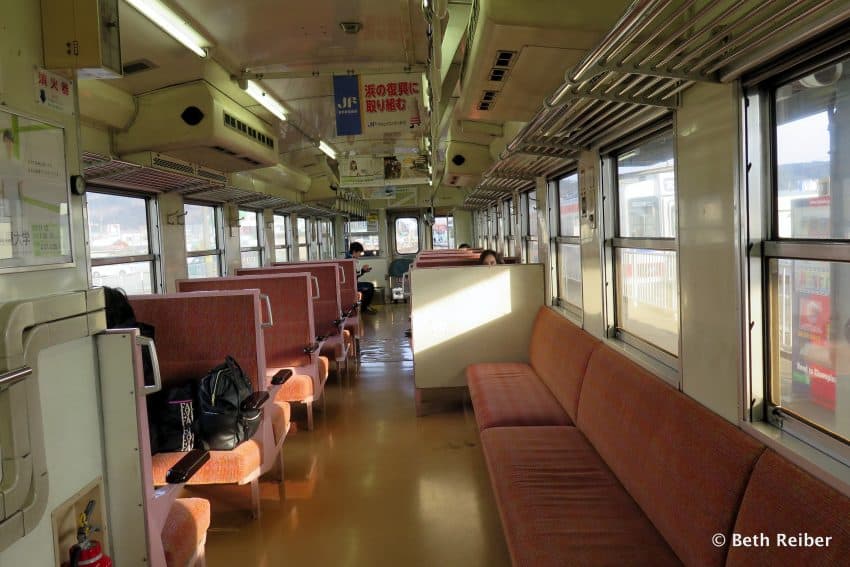

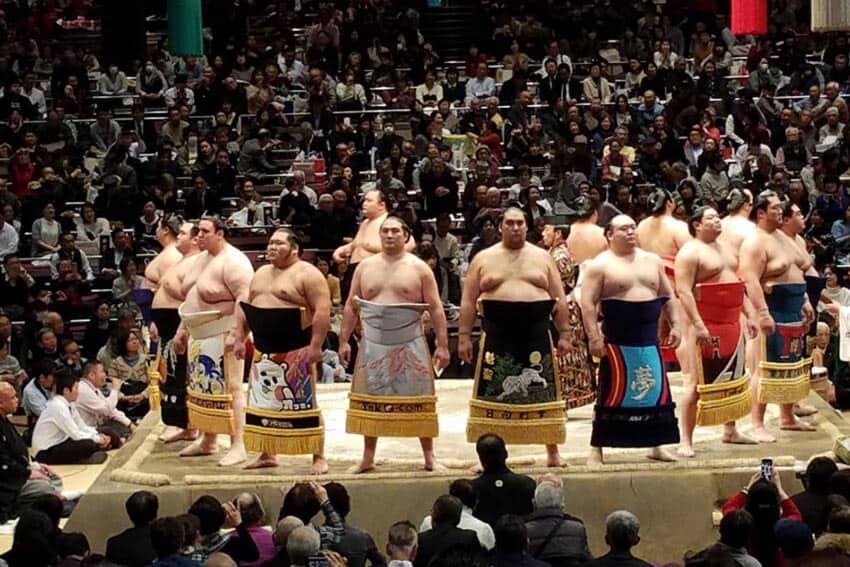
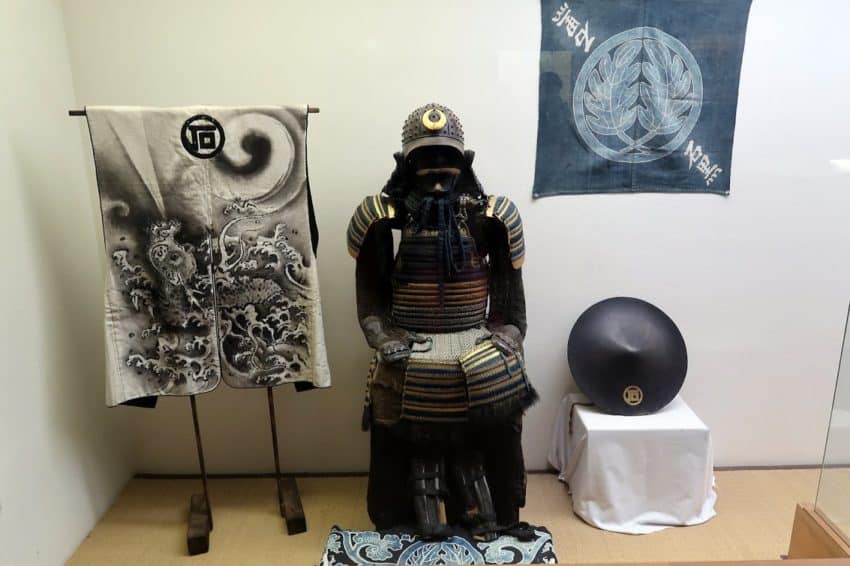
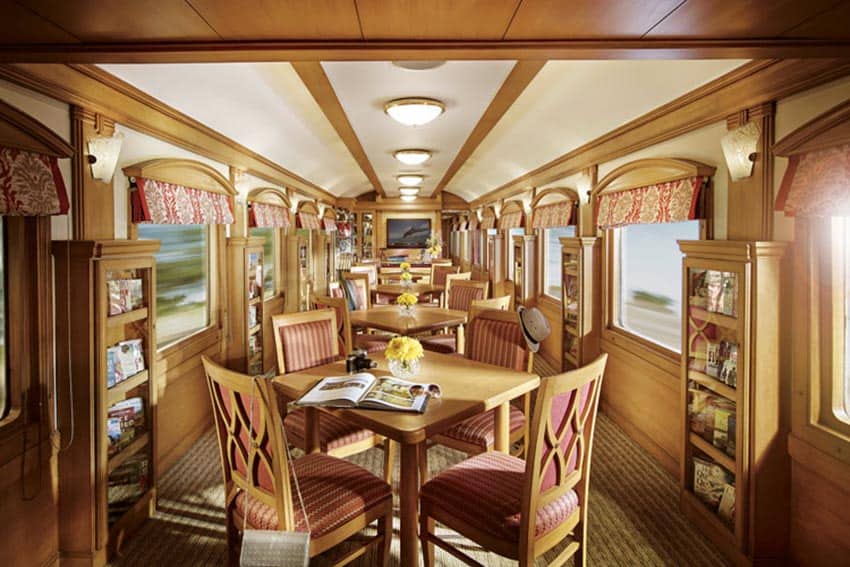

The greatest aspect of traveling is the ability to witness all elements of life come together into a kind of foreshortened timeline. It’s as if we are simultaneously time traveling through our past and future secured by its focal present, collectively combining all lessons into our own being at each point in time and in each present moment. By the way, here is a link to my website https://www.mygration.com.au/, in case you want to go to Australia